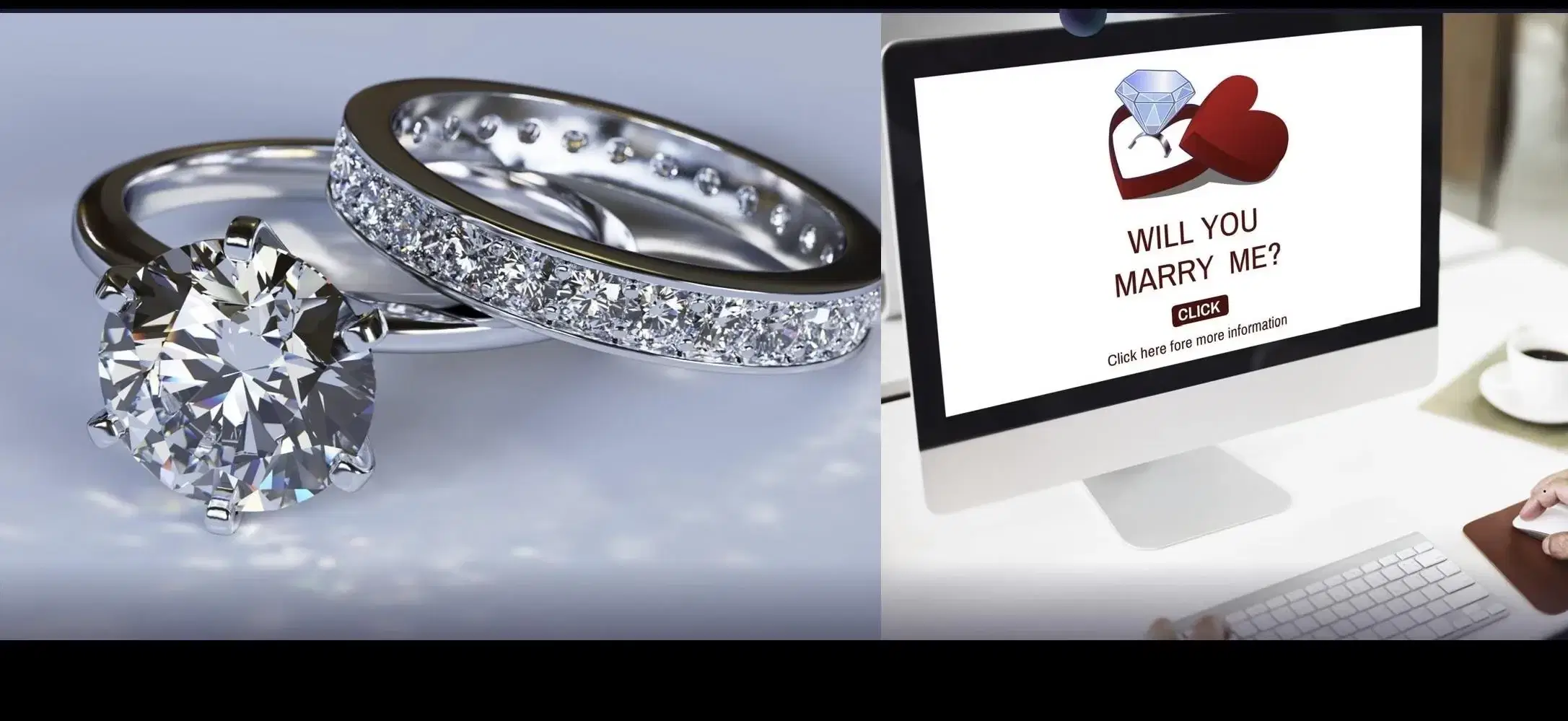Start by asking yourself what kind of stone you want on the engagement ring. Jewelers can attest that there’re plenty of gemstones in the market. You can work with diamonds, sapphires, or rubies. Most of these are readily available and come in different types. Most people mark their engagement by getting a diamond engagement ring. Diamonds don’t come cheap. But you can work your way around that so-called big-ticket purchase. For example, you can go for a custom design to have more control over the amount you spend on the end product. You can also choose to buy a synthetic budget diamond. You’ll still have a stone as appealing as the natural variant.
Maybe your father and grandfather got a diamond engagement ring for your mom and grandma. Now, you feel compelled to take after them. Nothing’s wrong with having a sense of tradition. That’s how memories stay alive. Make your family and future wife proud. Do your research and be sure you’re buying a diamond that suits your significant other. Have you ever heard of the 4Cs (carat weight, clarity, color, and cut) of a diamond? No? Well, that should be your starting point. It’s how you know you’re getting the right diamond. The amount of money you spend on the ring also has everything to do with these 4Cs.
Of course, a bigger stone weighs and costs more. You might want a small stone with excellent cut, near-colorless grade, and eye-clean. That should give you the most value, especially if the price tag is your primary concern. Learn how to read a diamond certificate —which must always accompany the stone. It’s the fastest way to verify the diamond’s authenticity and the integrity of the vendor. Most of the information on the certificate revolves around the 4Cs. Consult a reputable third-party (think GIA) to validate the accuracy of the diamond report for good measure.




